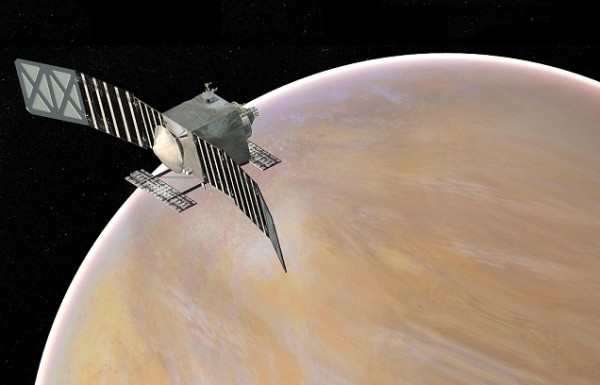NASA will now focus on Venus and near Earth objects such as asteroids as potential missions for the next set of probe missions that will be carried out in 2020.
The space agency already shortlisted five programs under the Discovery program which will be responsible for funding low cost missions across the solar system. The five missions will comprise of two missions that will explore Venus and the three remaining missions will study NEOs and asteroids.
According to John Grunsfeld from NASA's Science Mission Directorate in Washington, these selected missions will have potential to reveal more about how the solar system began and formed along with its dynamic processes. He adds that these exciting missions will finally unravel the mysteries of our solar system which will further inspire future explorers as NASA is leading the way for science.
One of the two concept projects for Venus will further investigate the atmospheric chemical composition of the planet where the proposed Deep Atmosphere Venus Investigation of Noble gases, Chemistry and Imaging (DAVINCI) probe will also scan the surface of the planet for active volcanism.
On the other hand, the Venus Emissivity, Radio Science, InSAR, Topography and Spectroscopy mission (VERITAS) will map out the entire surface of Venus to collect high resolution images and maps of the alien world.
When it comes to the three asteroid missions called the Lucy mission, these will explore the Jupiter Trojan asteroids where the missions will become the first reconnaissance ones as scientists believe that these remnants hold pivotal clues how the solar system was formed.
According to Lucy co-investigator Daniel Britt, these asteroids are set in deep freeze and based on the record of solar system history, these are considered as the building blocks of planets where life began.
Another asteroid mission called the Psyche will explore and study a metallic asteroid named after this mission where scientists believe that this asteroid is a crucial remnant of a violent collision from another object that already exposed the outer layer of a protoplanet.
The NEOCam (Near Earth Object Camera) will focus on searching for more near Earth objects, 10 times more than everything that has been already found before in order to classify them and characterize them. Each of the chosen teams will also receive US $3 million to carry out more studies where NASA also hopes to announce a finalist by September next year.


